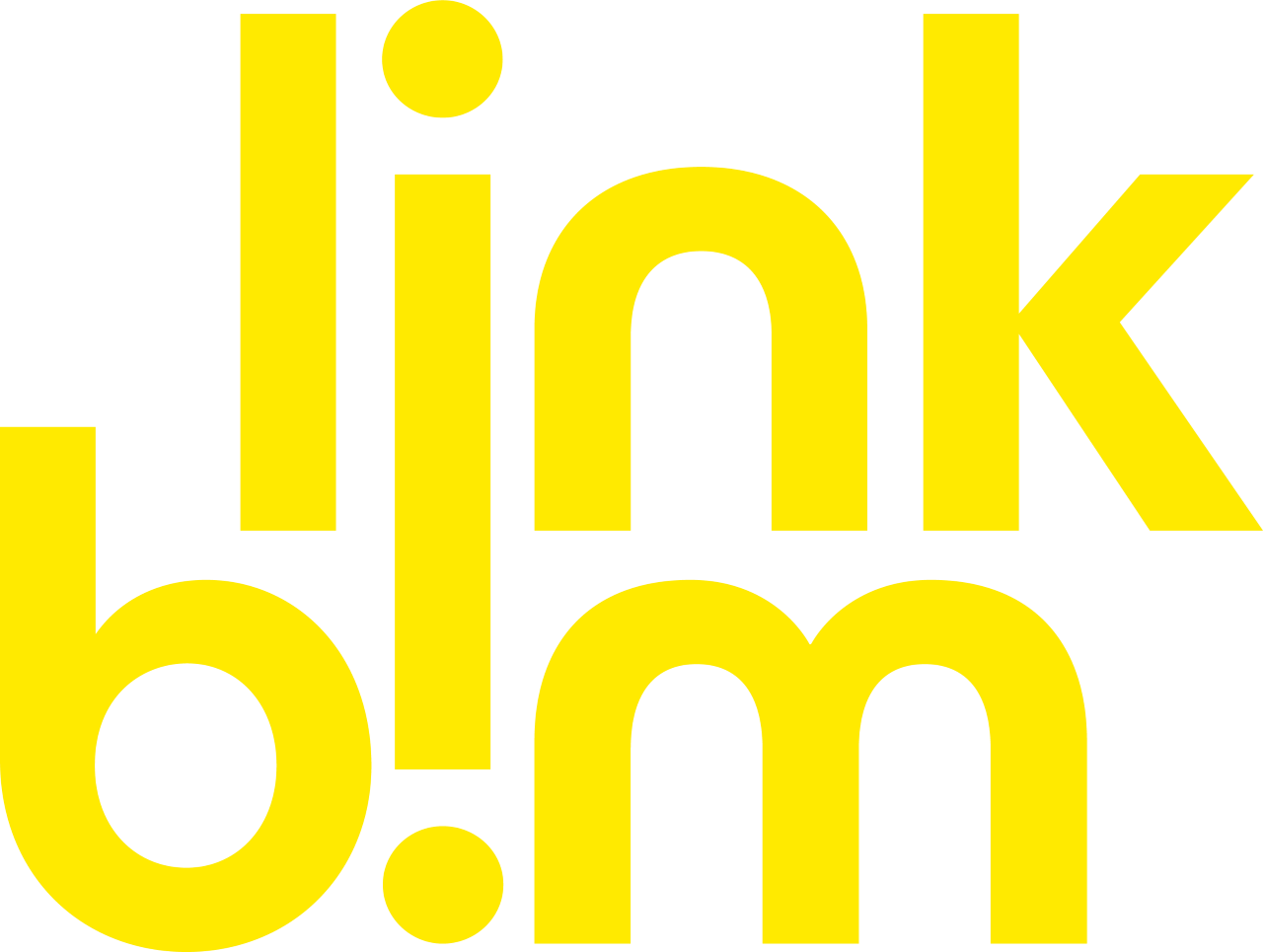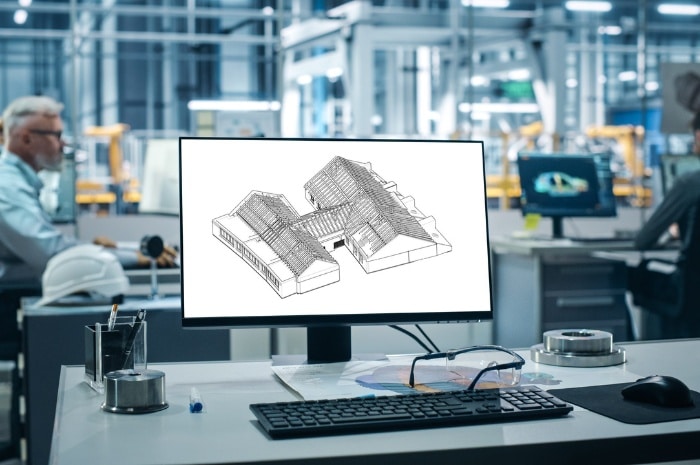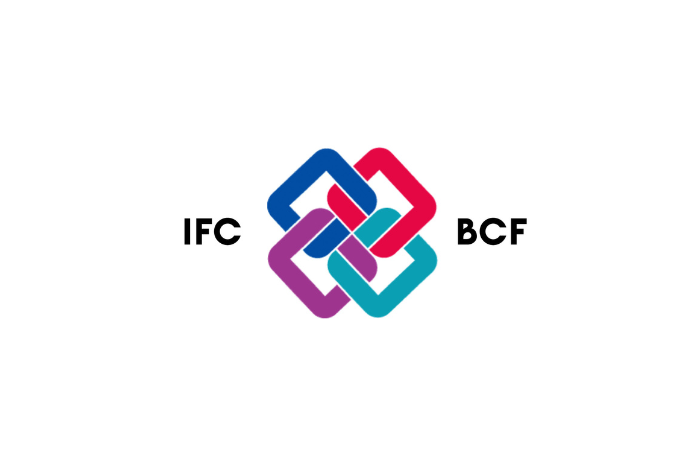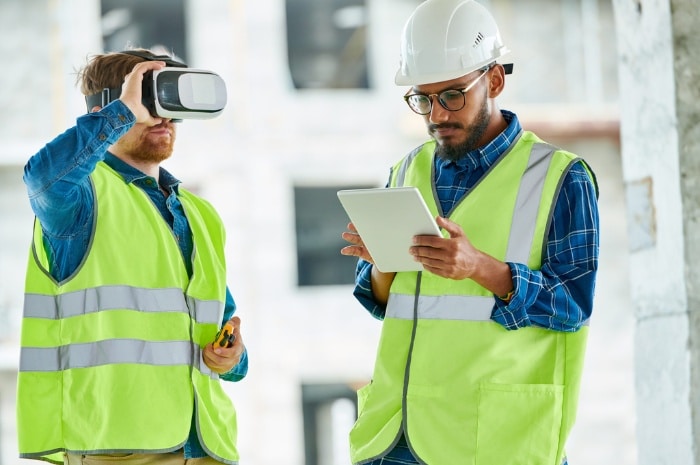Home » BIM digital model
BIM digital model

Modelling
Digital architectural BIM models or technical models are the nerve centre of the BIM project. This is why we offer our modelling services in all trades, to help companies make this organisational change that is BIM or meet deadlines on their projects.
Open BIM
Open BIM consists of running different software simultaneously in order to allow everyone involved in a construction project to work together around the same digital model. To achieve this, we use standardised formats such as IFC and BCF. On projects like the WHO, the British standard called COBIe is used. Conversely, Close BIM consists of using software from a single manufacturer. This approach is simpler due to the high compatibility of the solutions.
Virtual reality
Virtual reality consists of projecting oneself into an environment using VR glasses. It offers a new experience to building professionals, but also to clients who wish to better understand their project or their future acquisition.
Augmented reality
Augmented reality makes it possible to visualise, using a smartphone or tablet, objects or buildings that do not yet exist.
Mixed reality is linked to a holographic technology that allows reality and the 3D model to be superimposed in order to monitor the execution. It is also used in operation to visualise objects that are hidden by ceilings or walls.
The BIM digital model at the heart of the construction process
The BIM (Building Information Modelling) digital model is an innovative technology that makes it possible to create detailed 3D models of buildings and infrastructures. This technique enables a more effective collaboration between the different players of a construction project, such as architects, engineers, contractors and clients.
The BIM digital twin also makes it possible to simulate all the construction phases of a building or infrastructure, from design to construction and even operation. It optimises construction costs, reduces construction times and minimises the risk of error. Thanks to open BIM, the BIM digital model allows real-time collaboration between the various project stakeholders. Teams can work together on the same model, which facilitates communication and coordination. Information is shared in real time, reducing delays and costs.
It should be noted that digital building modelling can be used for all types of construction projects, from the simplest to the most complex. It makes it possible to model buildings, bridges, tunnels, roads and all the infrastructures necessary for a construction project. Architects can view their project in 3D and collaborate with engineers to optimise structure and materials.
Create a digital twin to improve construction
But that’s not all, the BIM digital model also makes it possible to simulate the various construction scenarios, from planning to installation, including the management of materials and equipment. Contractors can therefore assess the costs and deadlines for completion, as well as the risks associated with each construction stage.
The BIM digital model can also be used for the management of building operations, providing information on upkeep, maintenance and repairs. Building owners can therefore optimise the use of their resources and plan maintenance work more efficiently.
Finally, the BIM digital model is an environmentally friendly solution, as it helps to minimise construction waste and reduce greenhouse gas emissions. It also makes it possible to choose the most durable and energy-efficient materials, so contributing to the fight against climate change.



